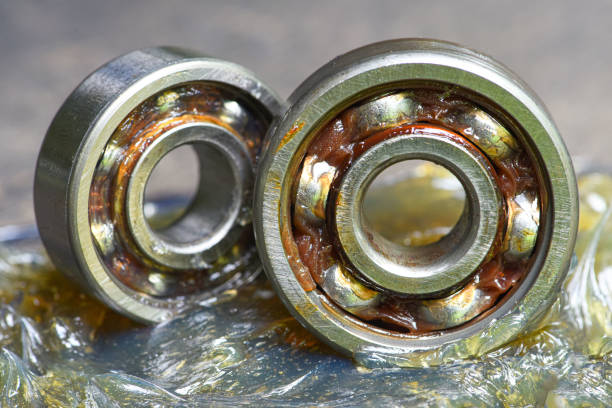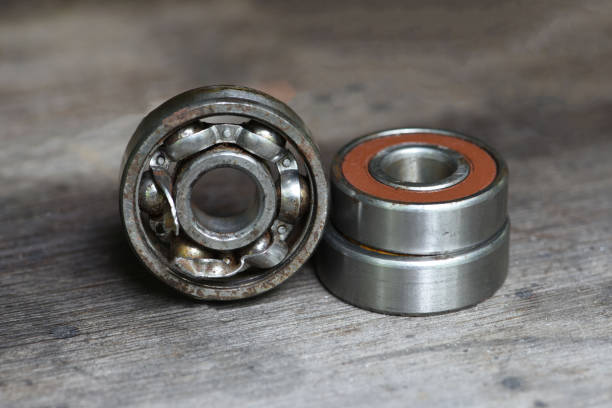News Center
What happens when a bearing is damaged?
2019-03-15
What happens when a bearing is damaged?
When a bearing is damaged, it can result in a range of serious consequences that affect both the bearing itself and the overall machinery it supports. Here’s a comprehensive overview of what happens when a bearing fails:
1. Types of Damage
Fatigue: Overloading or excessive speed can lead to fatigue, causing wear and fractures in the bearing components. This is responsible for a significant percentage of bearing failures.
Contamination: Dirt, dust, and moisture can enter the bearing, leading to corrosion and wear. Contaminants disrupt the lubricant film and create abrasive particles that further damage the bearing surfaces.
Over-Lubrication: Excess lubricant can increase internal friction and heat generation, leading to premature failure. It can also damage seals, allowing contaminants to enter.
Electrical Damage: Electric arcing can occur if current passes through the bearing, creating localized high temperatures that damage the raceways and rolling elements.

2. Consequences of Bearing Failure
Unplanned Maintenance: A sudden bearing failure often leads to unexpected downtime for repairs, which can be costly if it disrupts production schedules.
Damage to Surrounding Equipment: When a bearing fails, it can cause collateral damage to adjacent components such as shafts and housings. This increases repair costs and extends downtime.
Loss of Productivity: Downtime due to bearing failure results in lost production time, which can lead to missed deadlines and lost revenue. This is particularly critical in industries with tight schedules.
Increased Maintenance Costs: Frequent failures lead to higher maintenance workloads, including cleaning, replacing parts, and addressing secondary damages. This escalates operational costs significantly.
3. Symptoms of Bearing Damage
Before complete failure occurs, there are often warning signs:
Excessive Vibration: Increased vibrations are typically one of the first indicators of potential failure.
Unusual Noises: Grinding or clicking sounds during operation may indicate internal damage or wear.
Temperature Rise: An increase in operating temperature beyond normal ranges can signal impending failure due to friction or inadequate lubrication.

Conclusion
Bearing damage leads to significant operational challenges, including unplanned maintenance, equipment damage, productivity loss, and increased costs. Regular monitoring for symptoms of wear and implementing preventive measures are essential strategies to mitigate these risks and extend the lifespan of bearings.
Welcome to contact us if you have any request about DSYC bearings!